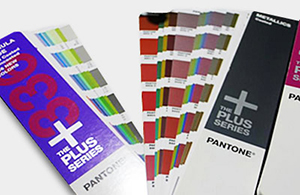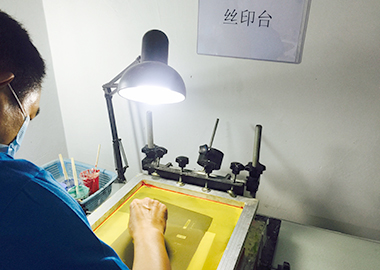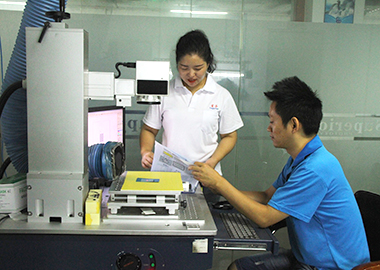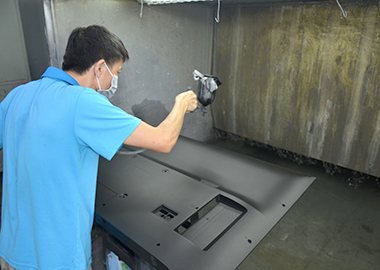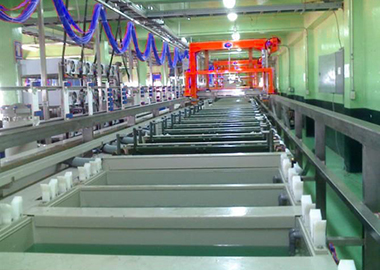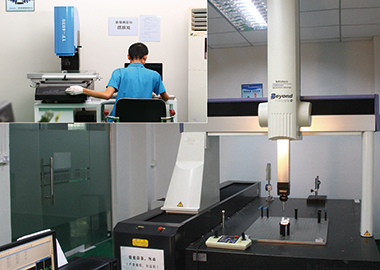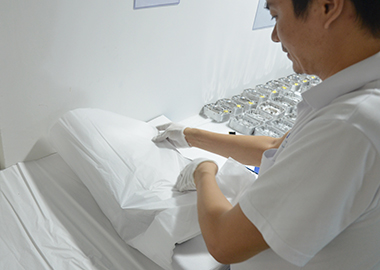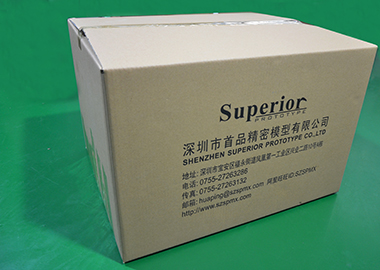Surface finishing is a broad range of industrial processes that alter the surface of a manufactured item to achieve a certain property. Finishing processes may be employed to: improve appearance, adhesion or wettability, solderability, corrosion resistance, tarnish resistance, chemical resistance, wear resistance,hardness, modify electrical conductivity, remove burrs and other surface flaws, and control the surface friction. In limited cases some of these techniques can be used to restore original dimensions to salvage or repair an item.
Honyo prototype can provide many finishing services such as
◆ Brushing
Surface brushing is a post-treatment means to form cord design on the surface of articles by grinding to the decorative effect, which may embody the texture of metallic materials. This process is usually used for the production of a variety of logos on the panel of household appliances, the peripheral and panel of various digital products, and the panel of notebooks. The commonly used materials are at the thickness of 0.125, 0.175, 0.254, 0.38, 0.5, 0.8, or 1.0mm, with the transmittance of 90%.
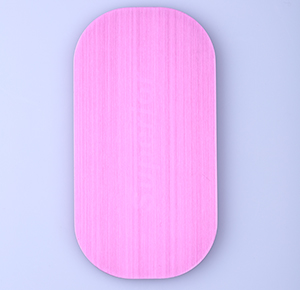
◆ Polishing
Polishing refers to processing method to reduce the surface roughness of pieces with mechanical, chemical or electrochemical effects to obtain a bright and smooth surface. The pieces are generally finished and processed with polishing wheel and abrasive particles or other polishing media for the purpose of smooth surface or objective gloss.
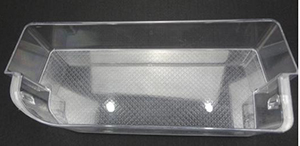
◆ Electroplating
Electroplating is the process that a thin layer of certain metals or alloys are plated on the surface of other metals in the electrolysis principle, which uses the electrolysis to make metal or other materials attached with a layer of the metal film, so as to prevent the metal from oxidizing (rusting for example), to improve the wear resistance, electrical conductivity, reflectivity, anti-corrosion (copper sulfate, etc.), and to increase the aesthetics.
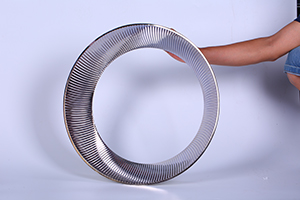
◆ Laser Engraving
Also known as laser etching or laser marking, laser engraving uses laser beams to engrave permanent patterns on the surface of materials or inside the transparent materials. Laser engraving may be used in various cases without being restricted by shapes. Deformation may occur when engraving on a large arc. This process may also remove the paint on the surface of transparent parts to make the characters light, but laser engraving is not available to flexible glues.
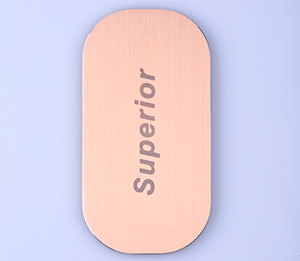
◆ Anodizing
Anodizing is an electrochemical technique for changing the surface properties of some metals. We are able to anodize aluminum, magnesium and titanium.
There are many reasons to choose an anodized surface treatment. It improves corrosion protection, surface hardness, wear resistance, aesthetic appearance and the adhesion of paints and primers. It also reduces electrical conductivity, helps to dissipate heat and reduces surface reflection.
We use primarily Type II anodizing, which allows the surface to accept colorants and dyes. Type II is also ideal as a base for painting, which further increases corrosion protection.
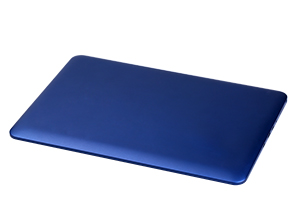
◆ Painting
We have a state-of-the-art, climate controlled paint room with automated driers allowing us to apply virtually any type of commercially-available paint for your prototypes or low-volume manufactured parts. Our standard painting system is PPG automotive urethanes but we can also supply custom paints on request. Our technicians are able to produce any desired surface finish, including high gloss, matte, semi-gloss, metallic flakes and customized textures. We also do color-matched tinting for clear plastic parts.
In addition, advanced technologies are employed to maintain not only clean-room conditions inside the painting area but also ensure that all fumes and contaminants from the painting process pass through a series of filters and traps so the evacuated air emerges cleaner than before. Just part of our commitment to responsible, world-class manufacturing.

◆ Color matching
At Honyo prototype, we understand very well that the color of your finished product can be as important as its function. We offer extensive color matching services using standardized lighting conditions, and we’ve recently invested in Pantone plastics opaque selector chips to help clients better visualize the finished look of molded plastic parts.
In the past, customers would specify Pantone colors using a system of colored inks printed on white card stock. These colors are notoriously difficult to match with molded plastic parts because the color can vary greatly dependent on part geometry, type and thickness of the molded plastic. When exact Pantone matches are not available, we strongly recommend providing a physical sample for our painting professionals to use in creating custom colors.
